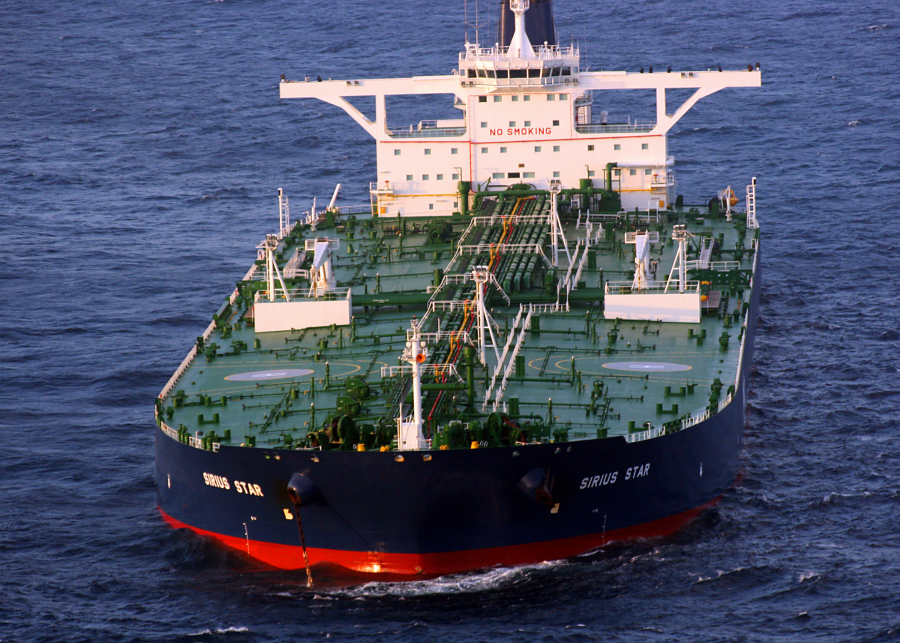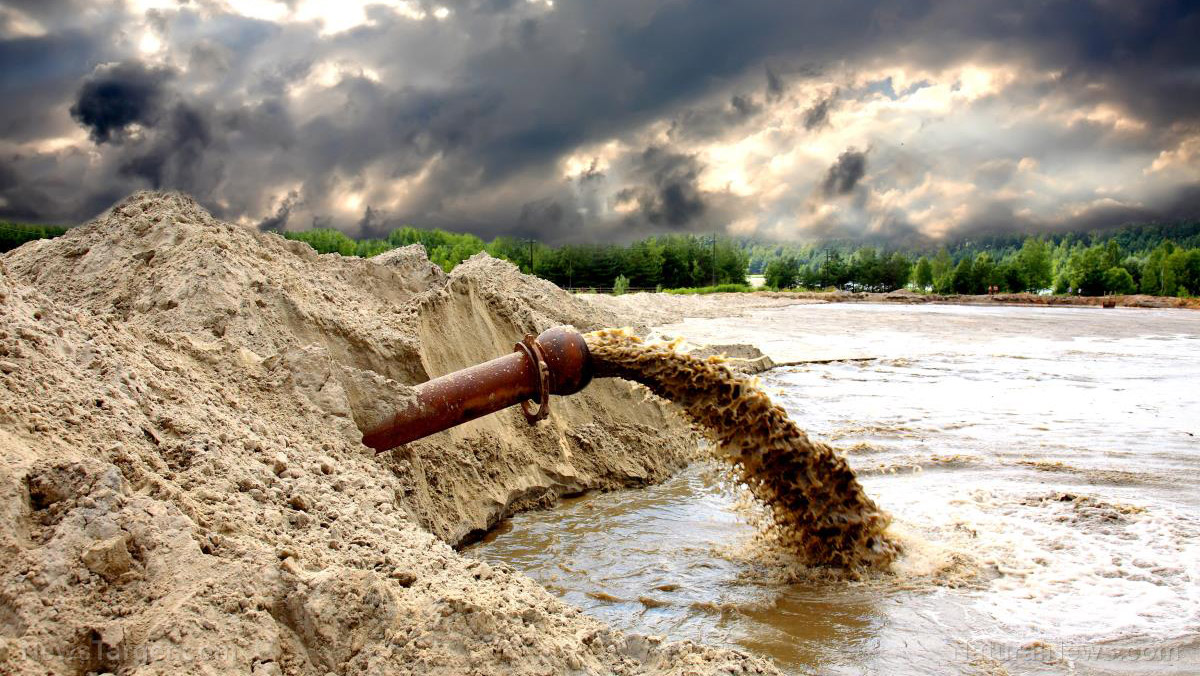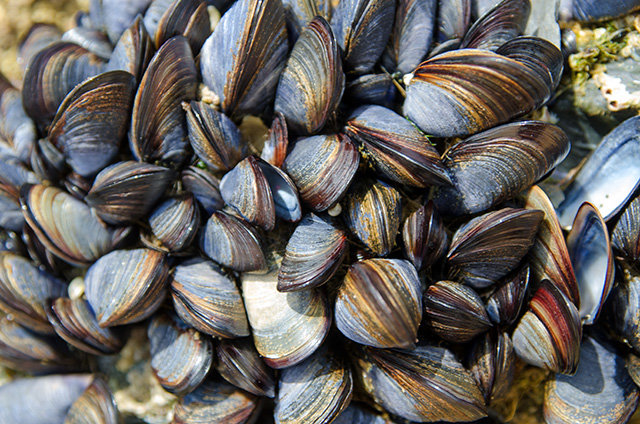Spill from sinking Sanchi oil tanker could reach Japan within the month
01/22/2018 / By David Williams

An oil spill is always a nasty affair, and the case involving the recently sunk Sanchi oil tanker in the East China Sea is no exception. While its sinking has already caused millions in losses and several dozen lost lives, the problem is far from over.
According to new reports on an updated emergency ocean model simulation, the waters that were polluted by the incident could reach the country of Japan within one month. If so, it will end up affecting even more people than initially thought. And the worst part is, it’s going to hit other regions even before it reaches the land of the rising sun.
The Sanchi oil tanker collision reportedly occurred in an area that’s between the Yellow and East China seas. However, it drifted for over a week before finally sinking and resulting in the loss of all 32 crew members and an eventual tallied loss of around $110 million. New information about where it finally settled before sinking only recently became available. Using this information, experts made some new predictions.
According to a team of scientists from the National Oceanography Center (NOC) and the University of Southampton, their latest ocean model simulations allow them to better assess the potential impact of local ocean circulation on the possible spread of pollutants from the sunken Sanchi oil tanker. The data now shows that the contaminated waters may no longer remain offshore for the most part, and instead could reach even the Korean coast within only three months.
What’s even more alarming is that the pollution could already be within the Kuroshio and Tsushima currents, which are known to be running adjacent to the northern and southern coasts of southwestern Japan. According to the simulations, the pollution could spread out much faster and farther than earlier thought, and could well reach the Greater Tokyo Area within two months.
If the courses predicted by the simulations prove to be true, the consequences could be drastic for the affected regions. According to Dr. Katya Popova, lead researcher from the National Oceanography Centre (NOC), marine life could be among those that are most affected by it. “Oil spills can have a devastating effect on the marine environment and on coastal communities. Strong ocean currents mean that, once released into the ocean, an oil spill can relatively rapidly spread over large distances,” she said. “So understanding ocean currents and the timescale on which they transport ocean pollutants is critical during any maritime accidents, especially ones involving oil leaks.”
To be clear, the conditions surrounding the travel time of the pollutants could still change depending on external factors. As noted by Stephen Kelly, a University of Southampton Ph.D. student who ran the model simulations, “There was a high level of variation between different scenarios, depending on a number of factors. Primarily the location of the original oil spill and the way in which atmospheric conditions were affecting ocean circulation at that time.”
It’s important to know exactly how pollutants that result from accidents like tanker collisions should be handled. Firstly because it can have devastating effects on ocean life as well as on the lives of people who happen to live near the cost. Second, oil spills can often take a long time to clean up. Meaning, whatever ends up happening after an oil spill takes place could have some lasting, long-term effects that will be suffered by many generations.
Read more about the problems regarding oil spills by visiting Pollution.news.
Sources include:
Tagged Under: disaster, Ecology, environ, marine life, national oceanography center, Ocean, ocean life, oil spill, sanchi incident, sanchi oil spill, sanchi oil tanker




















